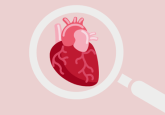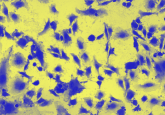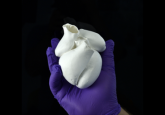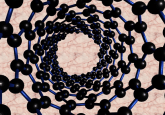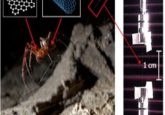Carbon nanotube fibers restore damaged hearts
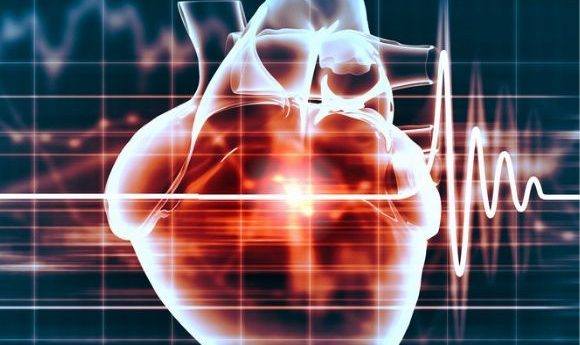
Researchers have used carbon nanotube fibers (CNTfs) to induce signals in heart scar tissue.
Ventricular arrhythmias are one of the leading causes of sudden death. They are caused by random signals firing that originate in the heart’s lower chambers. They are particularly difficult to treat in patients who have scarred heart tissue, which is common in congestive heart failure or after a heart attack.
Scientists at Texas Heart Institute (TX, USA) have utilized biocompatible carbon nanotube fibers (CNTfs), first described by study co-lead Matteo Pasquali at Rice University (TX, USA), to demonstrate that they can restore electrical function by inserting the fibers directly into damaged tissue.
“Instead of shocking and defibrillating, we are actually correcting diseased conduction of the largest major pumping chamber of the heart by creating a bridge to bypass and conduct over a scarred area of a damaged heart,” commented Mehdi Razavi, director of Electrophysiology Clinical Research and Innovations at Texas Heart Institute.
The CNTfs are a quarter of the width of human hair, contain tens of millions of microscopic nanotubules and are polymer-coated with stripped ends to ensure their function as electrodes. The fibers were demonstrated to be non-toxic in rodent models and did not elicit an immune response, which is critical if they are to be used in heart tissue for an extended period. In ovine models they restored electrical function during month-long tests, giving hope for long term treatment in patients with damaged tissue.
Several barriers must be overcome before the fibers can begin being trialed in humans. A method for the minimally invasive insertion of CNTfs will need to be established and the fibers must be sufficiently strong and flexible to cope with a beating heart over many years.
“Flexibility is important because the heart is continuously pulsating and moving, so anything that’s attached to the heart’s surface is going to be deformed and flexed,” remarked Pasquali.
Another point to address is how to structure the fibers in human hearts, and how they would adapt in young patients whose hearts are still growing.
There are antiarrhythmic drugs on the market that have demonstrated effectiveness, however, they are often inappropriate for use in patients who have suffered a heart attack.
“What is really needed therapeutically is to increase conduction,” Razavi explained. “CNTfs have the conductive properties of metal but are flexible enough to allow us to navigate and deliver energy to a very specific area of a delicate, damaged heart.”
While a standard pacemaker can reintroduce absent atrioventricular signals, this technology has unique clinical promise in that it can reduce the delay in these signals. While not possible with current pacemakers, in the future CNTFs could be combined with pacing technology to ensure consistent signaling.
